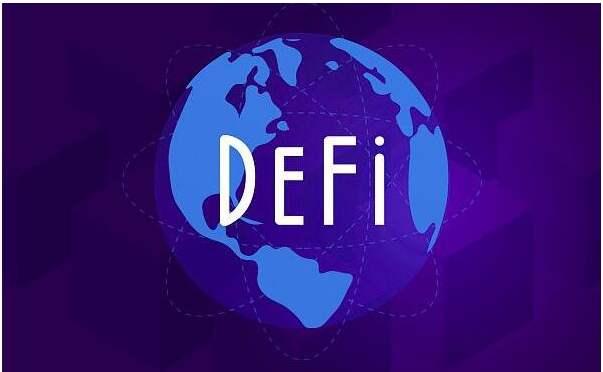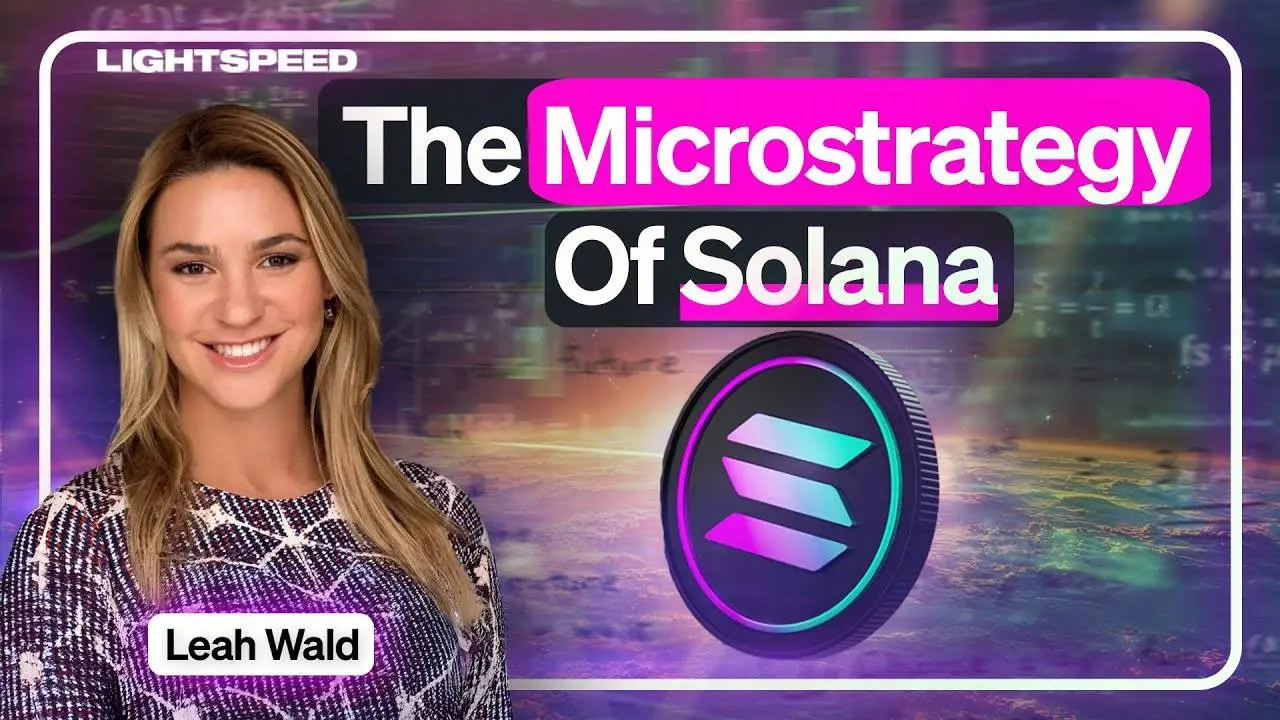In the past six months, the market share of DeFi options has increased by over 70%. How did the options protocol Opyn achieve this?
Written by: Dustin Teander, Messari Analyst
Translated by: Dong Xun, Mars Finance
When it comes to CeFi options, the name that comes to mind is Deribit, which accounts for over 90% of the nominal trading volume of BTC and ETH options. As for DeFi options… there is currently nothing. To be fair, DeFi is a relatively young ecosystem, and options are more complex compared to simple spot swaps and yield vaults. However, despite the still small trading volume of DeFi options, the options protocol Opyn has seen significant growth in the past four months.
At the beginning of this year, Opyn's on-chain options trading volume was less than 25% compared to the dominant options protocol Hegic. Now, Opyn accounts for over 94% of the options trading volume share.

Even relative to the larger CEX options market (about 38 times the trading volume), Opyn holds a substantial share of trading volume, especially in the ETH market. At the beginning of this year, it accounted for 0.3% of ETH options trading volume, which has now grown to nearly 7% (21 times). Moreover, if we exclude the dominant Deribit, Opyn has grown to account for over half of all non-Deribit ETH options nominal trading volume. It is worth noting that this growth occurred during a period when the total nominal trading volume of CEX options dropped by 74% from May to July.

Where does this growth come from? What use cases have driven the rise of options trading? What are the protocol's ongoing growth strategies? First, let’s understand the core components of the protocol itself.
What is Opyn
Opyn launched in 2019 as the first ERC20 options protocol and released V2 at the end of 2020. Shortly after the launch of V2, it raised $6.7 million in Series A funding led by Paradigm (Dragonfly led the seed round).
Opyn V2 is a protocol for creating tokenized options products. Each individual option (strike price, expiration date, collateral, and underlying asset) is minted as an ERC20, meaning it can be traded on any DEX. Opyn's UI facilitates trading via the 0x protocol while integrating with protocols like Ribbon, Fontis, and Optional, which largely choose to interact with Airswap and market makers. As long as the underlying product is whitelisted, any user or protocol can mint options products with the desired parameters (such as expiration date and strike).
Options on Opyn V2 are cash-settled European options, meaning they settle only at expiration (unlike American options, which can be exercised at any time before expiration) and settle in the collateral asset, with holders receiving the difference between the strike price and the underlying price. This simplifies operations and allows for some unique features. One is the spread capability, where an options position can be used as collateral for subsequent positions (for example, buying a put option with a higher strike price and using it as collateral to sell a put option with a lower strike price). Related to this is the protocol's ability to enable flash minting, allowing options to be minted without prior collateral as long as collateral is added at the end of the trade. With the introduction of spreads and flash minting, the capital efficiency of multiple options trades in a strategy has greatly improved.
Speaking of capital efficiency, until recently, Opyn and other DeFi options had to be fully collateralized, which was a major barrier to the growth of DeFi options, as traditionally, the margin required for trading is only a small fraction of the contract value. However, in June, Opyn introduced partial collateralization for DeFi options for the first time, allowing traders to participate in the market more effectively. To facilitate partial collateralization, Opyn sets conservative, worst-case margin requirements based on collateral size, premium amount, and expiration time. This determines a liquidation price. Once the liquidation price is reached, liquidation will occur through a reverse Dutch auction. A Chainlink oracle is used to monitor recorded prices and initiate liquidation.
Overall, Opyn's protocol is designed to be flexible and efficient in creating options, which is a key factor in its recent success and growth.
Opyn's Growth
Opyn's flexibility in creating options makes it particularly adept at integrating with other protocols looking to leverage options. In fact, Opyn's recent growth can largely be attributed to an integrated protocol—Ribbon Finance.
Ribbon is a protocol that offers a library of structured options products. The funds of depositors in the Ribbon vault are used by the protocol as collateral for options strategies. Currently, the Ribbon vault employs yield-generating strategies, where options are sold weekly based on collateral, and the premiums collected are used to provide additional yield for depositors.
Ribbon has four active vaults composed of various assets (ETH, WBTC, USDC, and yvUSDC) and over $100 million in TVL, making a significant contribution to Opyn's weekly trading volume. Ribbon opened its first vault in April, and since then, we can see that Ribbon's growth events have had a direct impact on Opyn's growth throughout its lifecycle.

Opyn's growth aligns with Ribbon's TVL expansion, indicating that so far, most of the trading volume has been driven by Ribbon. On one hand, this represents a risk, as one protocol contributes such a large share of volume. This means there are not many individual traders or market makers using the protocol. On the other hand, it does represent the market adaptability of a nascent product, providing options for other protocols in the true spirit of composable DeFi. Additionally, Ribbon packages options into a concise, easy-to-understand yield product, addressing two challenges faced by options in DeFi—concentrated liquidity and catering to retail investors.
This protocol-to-protocol strategy seems to be favored by Opyn. Opyn has created and sold a developer toolkit that includes launch code for creating options strategies for other protocols to use. Currently, about six protocols are using Opyn options, with more protocols, such as StakeDAO, hinting at future adoption.
As other protocols attempt to emulate Ribbon's success, Opyn's success may lie in providing options products for creative use cases for other protocols rather than direct trader interactions (futures trading has traditionally been more popular in cryptocurrency).
Looking Ahead
So far, the competition in DeFi options has mainly been limited to Hegic and Opyn. This situation is changing. Hegic recently released its second version, V8888, offering gasless, zero-fee options trading and flexible collateral. It also offers price matching with Deribit. Lyra is an L2 protocol powered by Synthetix, recently launched on Optimism, offering options products in markets where Opyn does not (Chainlink, Uniswap, and Aave). Solana has some interesting projects set to launch on Zeta Markets, the Solana Season Hackathon winner, and Psyoptions.
As new options protocols come online and emerge on L2 chains, the field is gradually maturing, and monitoring the flow of trading volume will be very interesting. Do L2 protocols, gasless products, and partial collateralization bring substantial trading volume? Will structured products continue to dominate trading volume, or will we see active trading and a surge of hedging? Will Opyn launch new derivatives or create a market for them? Given the scale and importance of the TradFi options market, this is a DeFi development worth watching.










